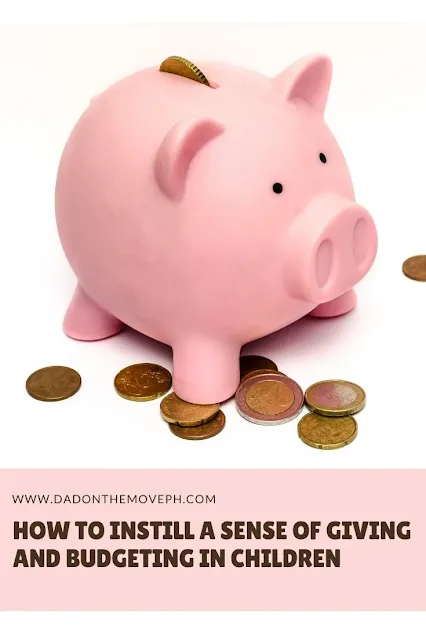Here are some simple tips on how to instill a sense of giving and the discipline of budgeting in children.
As a parent, how many times have you bought your children or your nephew or
niece brand new toys and a couple of months later find out that they haven’t
touched them since? Currently, these take up space in your child’s closet or
toy bin, never to be played with again.
How To Instill A Sense Of Giving And Budgeting In Children
Constantly purchasing gifts for your children is problematic in several ways:
First, it can quickly lead to spoiling your children and making them want
unnecessary items or things. Second, it’s expensive and can quickly add up.
Third, it can get even worse when young children become pre-teens and are
obsessed with more expensive gadgets, toys, and clothes.
There are several ways to cease these toy cravings and obsessions. We’ll
discuss these below.
Donation Determiner Flowchart
The above printable from
TurboTenant
can help kids at a young age decide if they truly need or want specific toys
or clothes.
The
donation determiner flowchart
helps children realize how many extra toys and clothes they have. In doing so,
it makes them more cognizant of materialism and pushes them to reconsider
their consumer mindset. Moreover, it also teaches kids to donate and instill a
sense of gratitude
and philanthropy.
To best implement the flowchart, I recommend introducing it as part of a game
instead of a task or chore.
- Step 1: To begin, simply print out the flowchart and ask your child if they want to play a game with you.
- Step 2: Then, bring them to a pile of your own clothes or household items that you plan to donate. Tell your children that you plan to donate these items because you no longer wear or need them. Communicate that those other families would love to give these items a second life.
- Step 3: Next, ask your children if they’d be willing to go through some of their old clothes or toys to give to families in need. If you’re worried your kids might get defensive or protective of items, try phrasing it like this, “Are there any toys that you feel you’re too big for now?” and “What clothes don’t fit because you’ve outgrown them?”
- Step 4: You should then through the questions and process of the flowchart and answer any questions they might have.
- Step 5: Finally, begin pulling old items from your kid’s drawers, closet, or toy bin. For each item, have them run through the flowchart to determine if the toy or piece of clothing should be donated, kept, or trashed (or recycled if possible).
Not only will this printable flowchart and activity instill a sense of giving
and donating to others. It might also help your children realize that they
don’t need every single toy or article of clothing they see in stores or on
television ads. Especially if they haven’t played or worn an item in over a
year
The Benefits of Giving
There are lots of benefits to giving as individuals and as a family. It’s
beneficial to help your neighbors and community. By lifting others, you’re
helping to make your community nicer and more equitable for everyone.

|
| Photo by Jerry Wang on Unsplash |
Helping others can help you as well. Giving to others
releases endorphins, serotonin, and dopamine
— all of which are “feel-good” chemicals. Additionally,
one study
found that older adults who volunteer for two or more organizations each year
are 66% more likely to live longer than those who don’t.
If you live in North America and are donating a plethora of items,
particularly large items, such as slightly worn furniture or still-working
appliances, check out this list of
10 charities that pick up donations for free. The majority of these charities have locations throughout North America and
you can easily schedule a donation pick up.
PIN THIS POST
Other similar stories:
Get up to 80% discount on your favorite products when you shop at LAZADA!
This post may contain affiliate links, including those from Amazon Associates, which means that if you book or purchase anything through one of those links, we may earn a small commission but at no extra cost to you. All opinions are ours and we only promote products that we use.




Appreciate the printable flowchart! Looking forward to doing this activity with the kids—it's bound to be a learning experience for all of us!
ReplyDeleteExcellent idea to reduce clutter and possibly introduce some thoughts about charity to youngsters. Unfortunately, many places such as Salvation Army won't pick up things that are not new. So, it can be a challenge to find a place that will accept donations.
ReplyDeleteVery useful idea. I love the idea that charity can help you as well in some way other than positive emotions. Decluttering is so important to me, giving unnecessary and unwanted items to char Instead of selling, actually haven’t crossed my mind. I should work on myself more. Lyosha
ReplyDelete